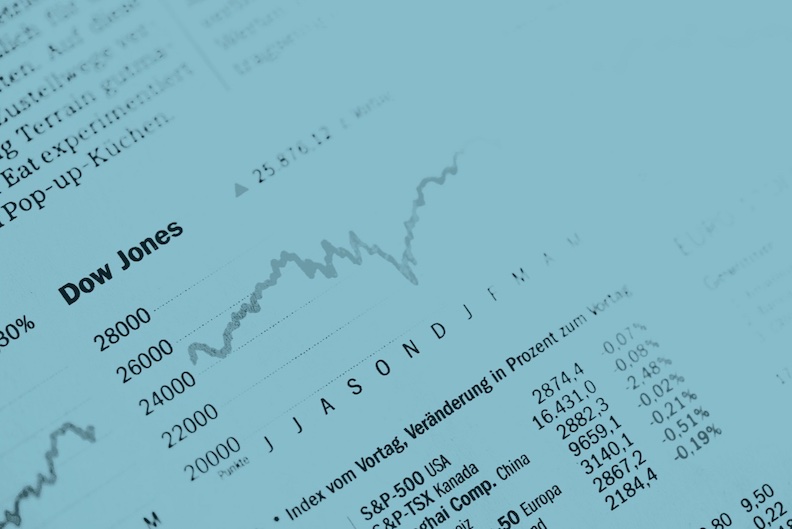What is it about?
The real-time smart monitoring with intelligence highly gained significant attention for enhancing the productivity of the crop. Currently, IoT generates a lot of real-time data from the sensors, actuators, and identification technologies. However, extracting the meaningful insights from the data is necessary for realizing the intelligent ecosystem in agriculture. Based upon the previous studies, it is also identified that the limited studies have merely implemented machine learning (ML) on real-time data obtained through customized hardware with dedicated server. In this study, we have proposed a customized hand-held device that enables to deliver recommendations to the farmer on the basis of real-time data obtained through IoT hardware and ML. A three-layer structure is proposed in the study for realizing custom hardware with 2.4 GHz ZigBee and IoT sensors for the data acquisition, communication, and recommendation. As a part of real-time implementation, the calibration of the sensors is processed to form a real-time dataset with precision. The study evaluated four ML models and concluded that XGBoost has shown a better accuracy on the proposed dataset. The XGBoost recommended the crop based on selected parameters. The developed hand-held device can be customized with advance features with crop recommendations.
Featured Image
Why is it important?
Agriculture is the key to human survival, as it is the main source of grain and other basic resources. In addition, agriculture accounts for about 4% of the world’s gross national product (GDP) [1]. Urbanization and population growth in 2050 conclude that food production must be sustainably doubled with minimal water resources [2]. About 97% of the water on the planet is salty, while the remaining 3 is freshwater [3]. Agriculture uses 70% of freshwater for irrigation in most developing countries [4]. Therefore, the efficient use of freshwater during irrigation is the most significant issue in terms of cost reduction and yield improvement. Using the traditional method, farmers manually check and regulate the availability of water resulting in a 50% water loss [5]. However, different irrigation techniques like drip irrigation, sprinkle irrigation, and furrow irrigation have minimized water wastage by 30-70% [6]. Yet, the optimal management of water content in the soil is not yet achieved with these irrigation techniques as overwater usage in the agricultural field leads to an overflow of nutrients from the soil [7].
Perspectives
Real-time smart monitoring with intelligence has gained significant attention for increasing crop productivity. At the moment, IoT generates a large amount of real-time data from sensors, actuators, and identification technologies.
Vaseem Akram Shaik
Read the Original
This page is a summary of: Agriculture Field Automation and Digitization Using Internet of Things and Machine Learning, Journal of Sensors, November 2022, Hindawi Publishing Corporation,
DOI: 10.1155/2022/9042382.
You can read the full text:
Contributors
The following have contributed to this page







